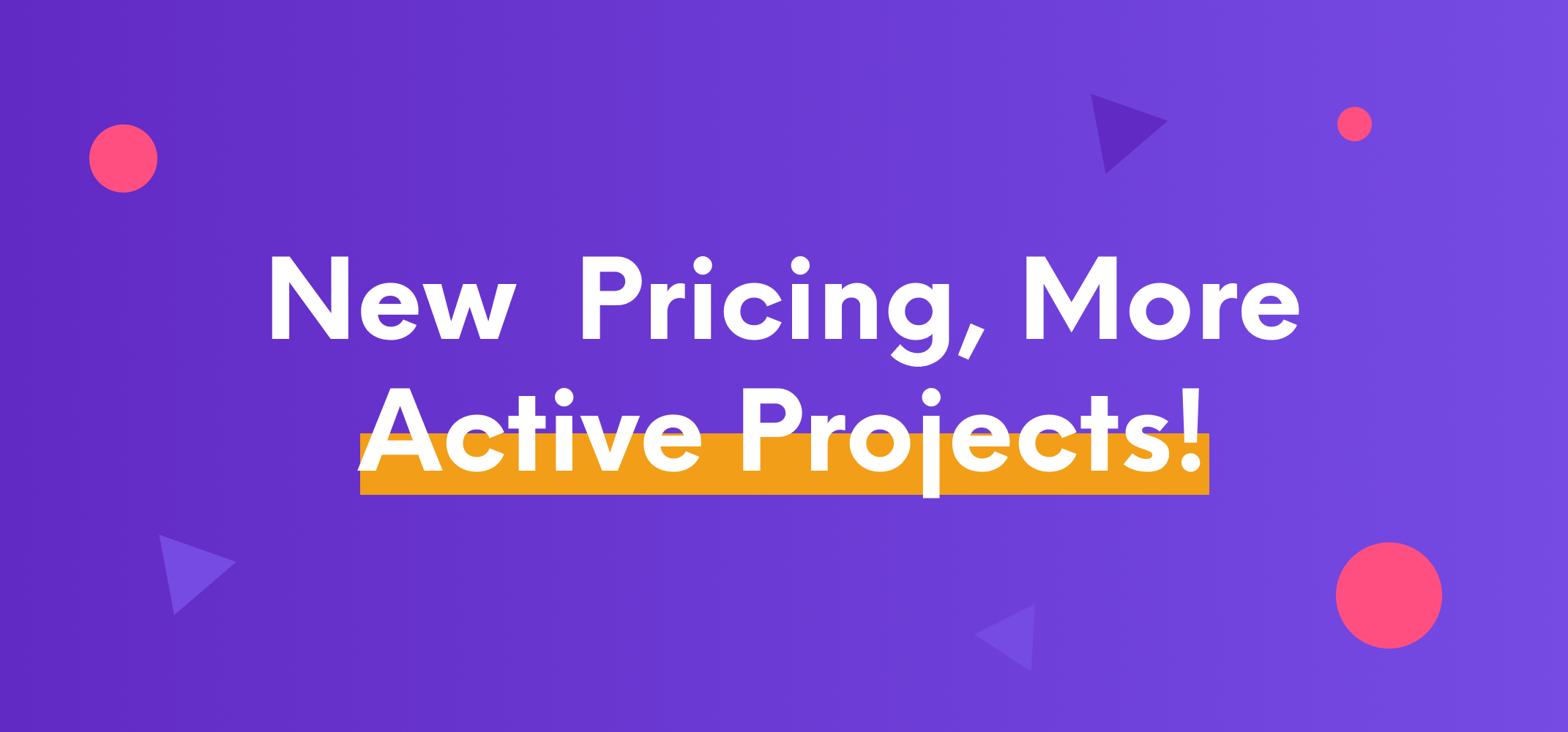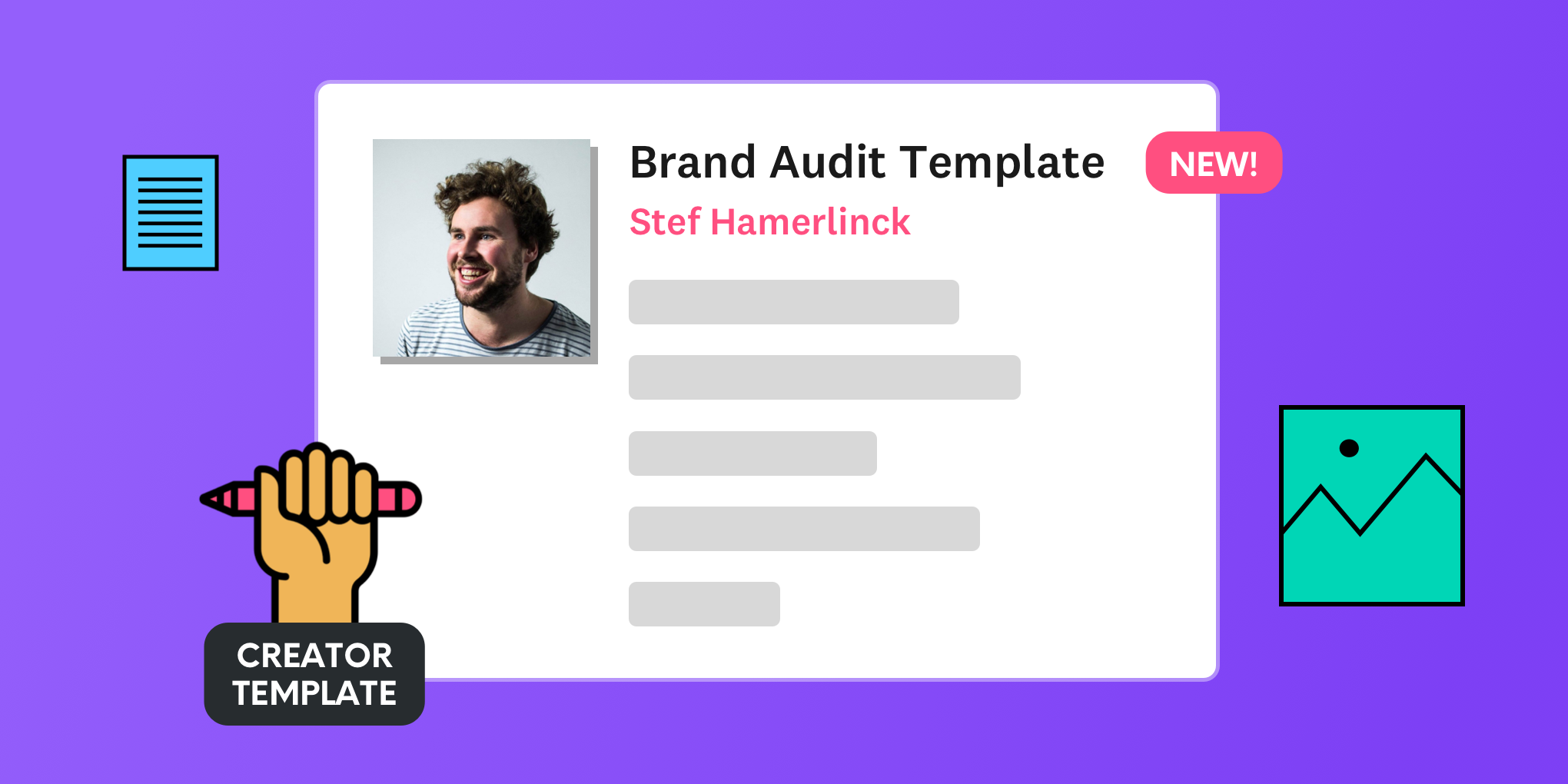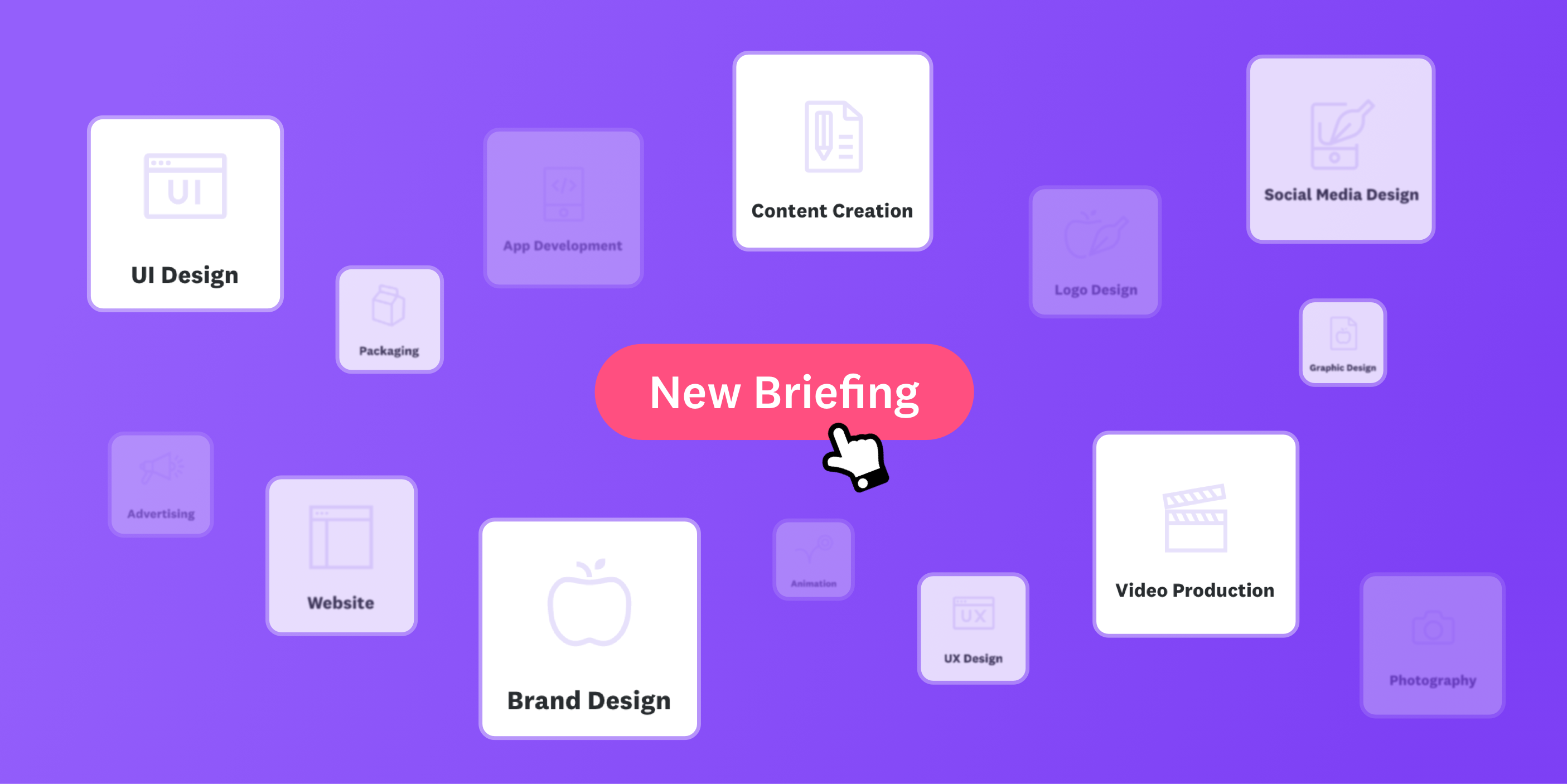Meet Tom Hirst, a freelance web developer, freelancing mentor, and author based in the UK who has partnered on digital projects for the likes of NHS, Facebook, Umbro, TGI Fridays, and BMW, to name a few. One of Tom's biggest passions: "Helping others through my experiences" has led him to set up a mentorship program for freelancers and publish two books: 10 Steps To Becoming A Better Freelancer and Pricing Freelance Projects. The latter is Tom's story of how he priced himself to a six-figure yearly freelance career from scratch.
Now pricing yourself is tricky, and don't we all want to discover the one-stop pricing strategy that will maximize profit? Well, it's not that simple. But thanks to Tom's 11 years+ of experience in the freelance biz, he can tell us a thing or two on how to understand the art of pricing and get paid what you're worth and ultimately how to make a great living from freelancing year on year.
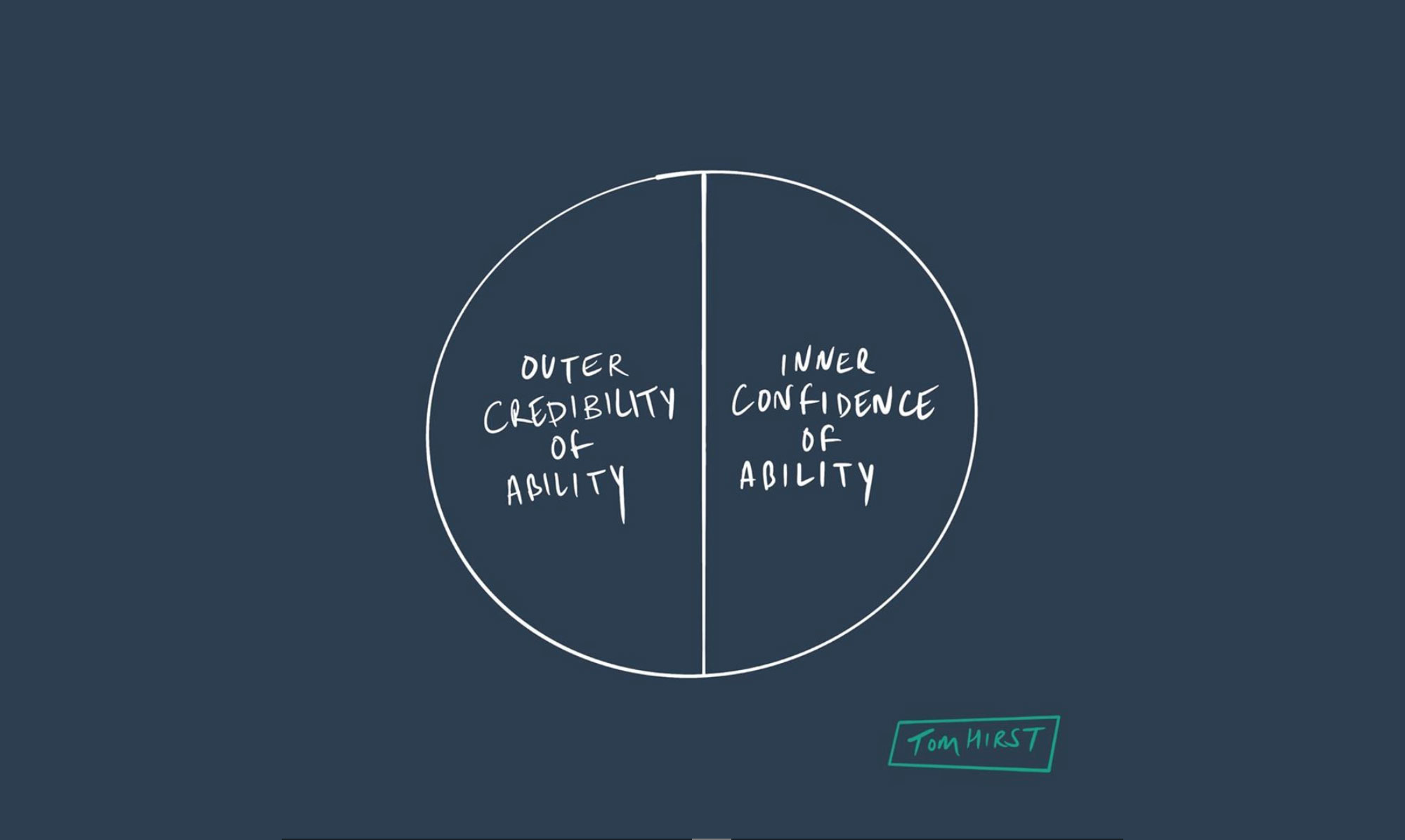
What's your value?
Tom started freelancing straight out of University after applying for a job as a web developer and not getting it. The goal has always been to be his own boss, so he gave it a go, and 11 years later, he's still going strong. His motivation to stay freelancing came from the lifestyle that he has been able to create for himself and the ability to choose what he wanted to work on from day-to-day.
There's no job that would allow me the same level of flexibility as being my own boss.
The defining moment that allowed Tom the confidence to start asking for what he was worth happened when he started to believe in his own worth. At the beginning of his freelance career, Tom had a hard time understanding how his service could be worth more than the cheapest available supplier. It's only after he started to believe in his own skills and noticed the difference in value that he can provide as an individual, that he gained much of that confidence. His advice?
Never feel guilty about asking for a price that's in-line with the value that you're providing.
How did you overcome the mental barriers and old ways of doing things that were holding you back and keeping you from raising your prices?
By proving my ability to deliver results and believing in my ability to deliver results. And, by reading business books alongside studying my "craft" as a web developer.
What defines a powerful partnership between designer and client?
Projects founded on trust are powerful partnerships.
There are plenty of websites and paid online courses that claim to know the one pricing strategy that will maximize profit for every freelance project during the course of your career. Is it really that easy?
It's not that easy at all. Pricing depends on so many factors:
- Who your client is
- What the work is
- What your current circumstances are
It's a naive notion to suggest that one pricing methodology will solve all your problems. There are too many variables to consider on a project by project basis for that to be a reality. The one constant that will help you in this regard is to focus on the value that you provide as opposed to the labour that you give.
Value-based Pricing
Does the right price exist?
The right price is one that a client accepts and one that you're happy with.
What would be a good exercise to determine if I’m charging enough?
Two things:
1. Ask others selling the same services about what they charge.
2. Experiment with price.
Trust your gut. You'll likely get a feeling when you're providing more value than what you're being compensated for. When this arises, raise your price and see how the market reacts.
How to sell the value-based pricing methodology to your client?
If you need to sell it you've no chance of using it. Clients need to be perceptive of value in the first place.
Scaling
I am a freelance creative with more than 5 years of experience and have a recurring client with whom I have a great relationship with. How can I raise my prices without scaring my client off?
Have a backup plan and be tactful. In anticipation of your price raise, build demand in the background. Approach asking for a raise respectfully, yet assuredly. If you have another client who will fill the time of your existing client should they leave, you can go into the negotiation confidently. If you're delivering results, and your new price is in-line with the value that you're providing, your request will more often than not be met positively.
How to smoothly mention the price increase in an email conversation with my client?
"As of 01/01/2020, I'll be charging [new rate] in line with demand for my services. I hope that we can continue making progress together."
What common push backs will freelancers/consultants often get from clients when raising prices?
I think the only real pushback from a price raise is the client choosing to not work with you anymore. If you can't afford to lose the client, and you don't have back up work, it's probably not the right time to ask for more money. It's sometimes easier to get new clients at higher rates than it is to get a raise from existing clients.
“A freelance business or solo consulting is not scalable.” – your thoughts?
It depends on what you mean by scale. If it's money, you can charge what you want when your credibility is high. In terms of scaling with people, you can subcontract work to allow you to take on larger projects.
Setting up processes and documentation of repetitive tasks can allow you to take on more similar clients too, for example.
Setting up processes and documentation of repetitive tasks can allow you to take on more similar clients.
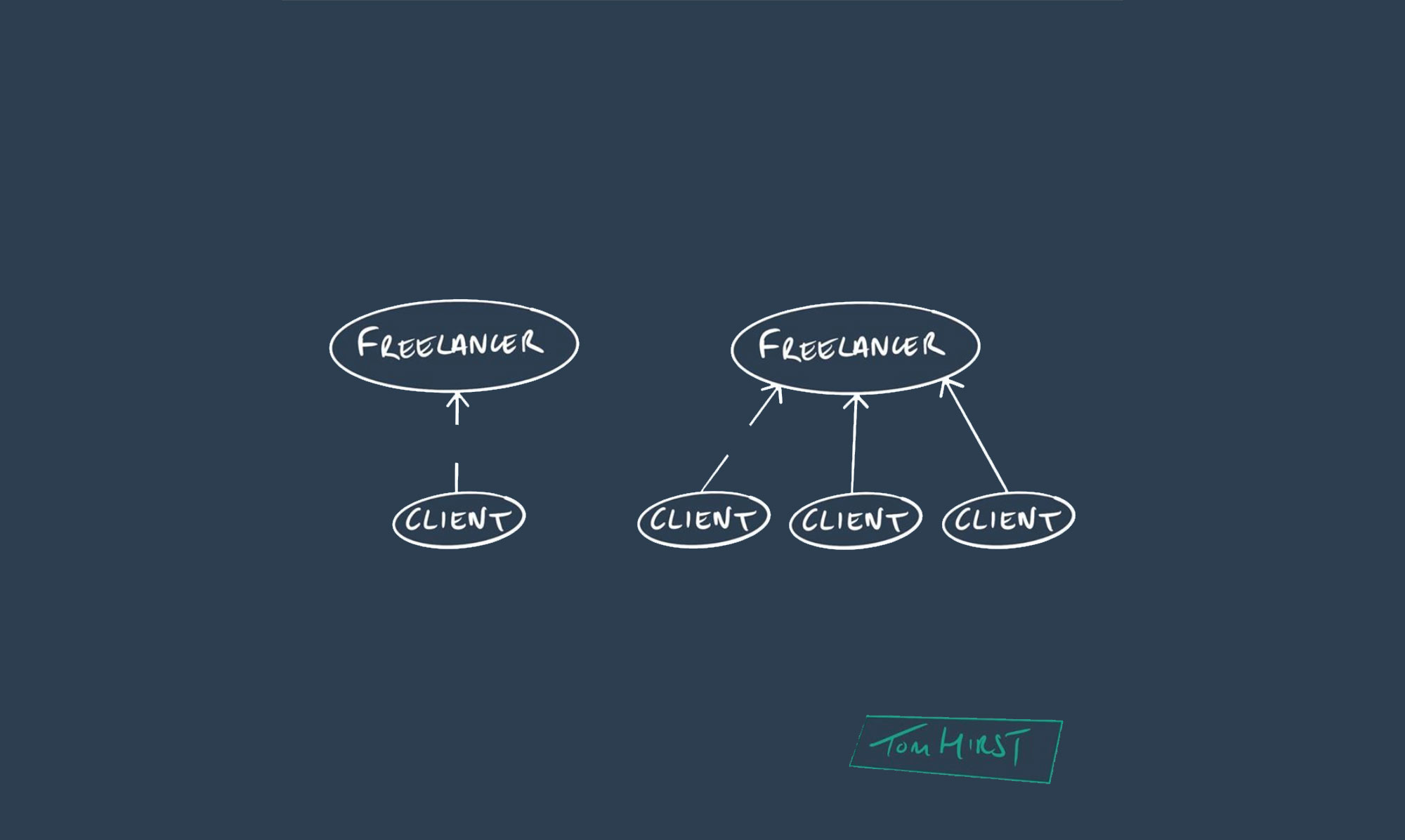
Pricing Methods
Difference between Fixed vs. Retainer pricing?
FIXED PRICING
Pros
- Both client and freelancer know what the project will cost from the off.
- Easier to charge based on value than labour provided.
- Often comes with greater flexibility: IE, you do the work whenever you want as long as it gets done.
Cons
- Scope creep can be a killer if you don't set expectations early.
RETAINER PRICING
Pros
- A layer of financial safety and peace of mind for freelancers.
Cons
- Can allow you to get comfortable and stop pursuing potentially better opportunities.
How to maximize profit using bundle pricing with different package options for services?
The reason that multiple pricing options work well is that you get the client to compare your options between packages A, B, or C as opposed to comparing you to other service providers. Depending on the pricing structure you use – how you stagger the options – your aim is to drive the prospect towards a specific option. The Goldilocks principle is to make the middle option "B" the most appealing. Sometimes you may not have enough to go at to do this, however. For instance, if you get a specific brief, with a specific set of tasks, then offering three options may not be do-able, depending on your craft. I should really write a new chapter about this for my book :).
Negotiating
You mention in one of your books: "One of the strategies to be in a powerful position during negotiating freelance projects with clients is to raise your rates regularly." How can raising rates help to feel more confident while negotiating prices?
Have a bigger demand for your services than what you can physically supply. When you don't need the work, you can truly negotiate.
Also from your book: "Instead of negotiating on the price of a project, it’s better to negotiate on terms of payment." Do you have any examples of how this could work?
Let's say that you ask for 100% payment upfront initially. Your client asks to pay 100% on completion. You fall back to 50% upfront with 50% on completion.
You've shown to be reasonable without devaluing the worth of your initial offering by taking a hit on price.
Don't take a hit on price when negotiating prices with your clients. Negotiate on terms of payment.
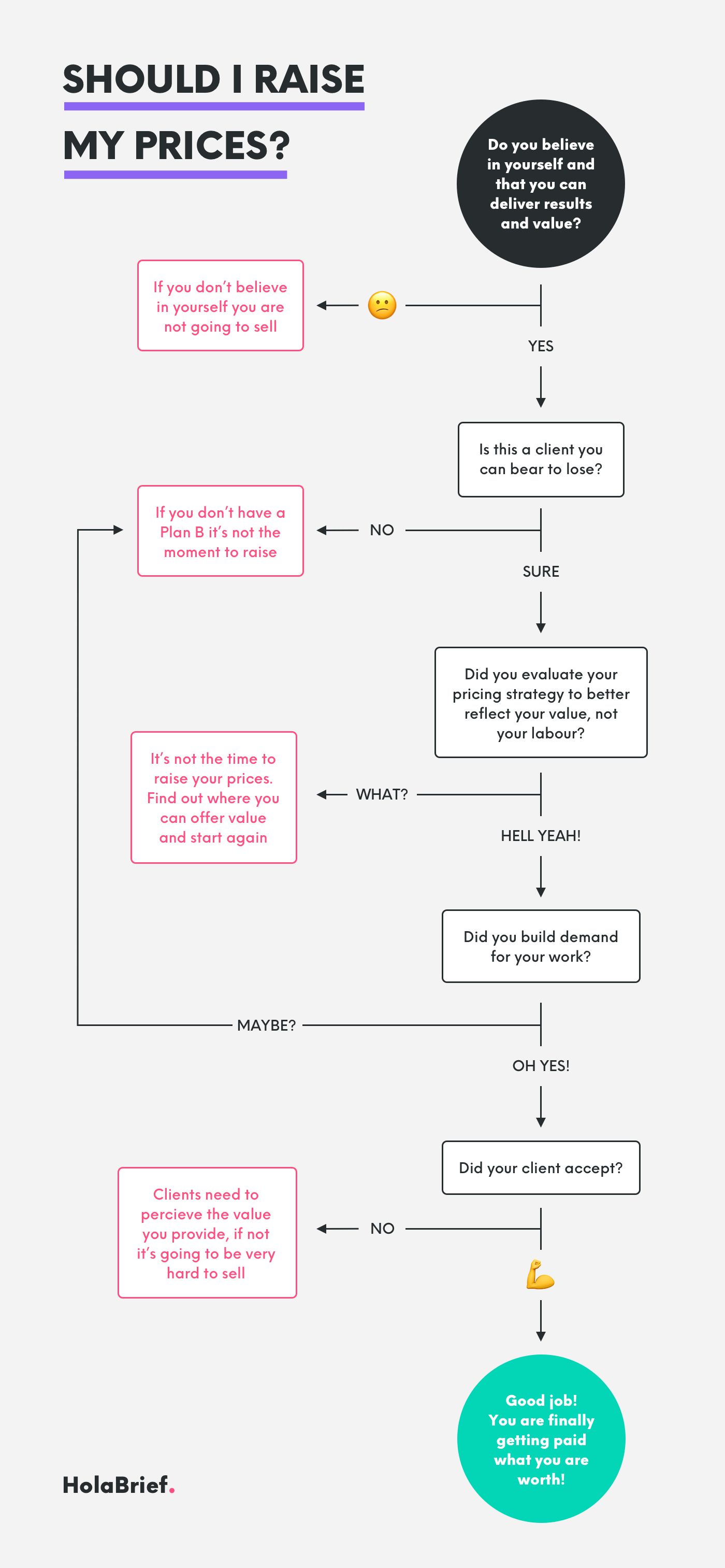
Download the PDF and stick it on your wall for inspiration!
Closing Thoughts
In your opinion, what does the future of freelancing look like?
I think that the future of freelancing looks great.
The current climate will heighten the need for flexible access to high-quality experts. The acceleration towards remote work removes a level of stigma attached to hiring freelancers also; everyone understands that out-of-sight work doesn't mean that you're sat doing nothing anymore.
What are your career goals?
To do enough building and investment in the short-term to allow me to work less in the long-term.
Any exciting plans for the future coming up?
I'd like to pursue digital products more actively after the success of my first two book releases. I like to take things as they come and follow what feels right at the time.
Being instinctive has served me well thus far, so I'll stick with it!
–
Thank you Tom Hirst for helping our community to find its true professional value! If you’d want your clients to arrive at a greater understanding of your projects while at the same time pushing your creativity, try HolaBrief for free.
If you'd like to dig deeper into pricing strategies for freelancers, read Tom's book Pricing Freelance Projects or follow his latest moves on Twitter or Instagram.


